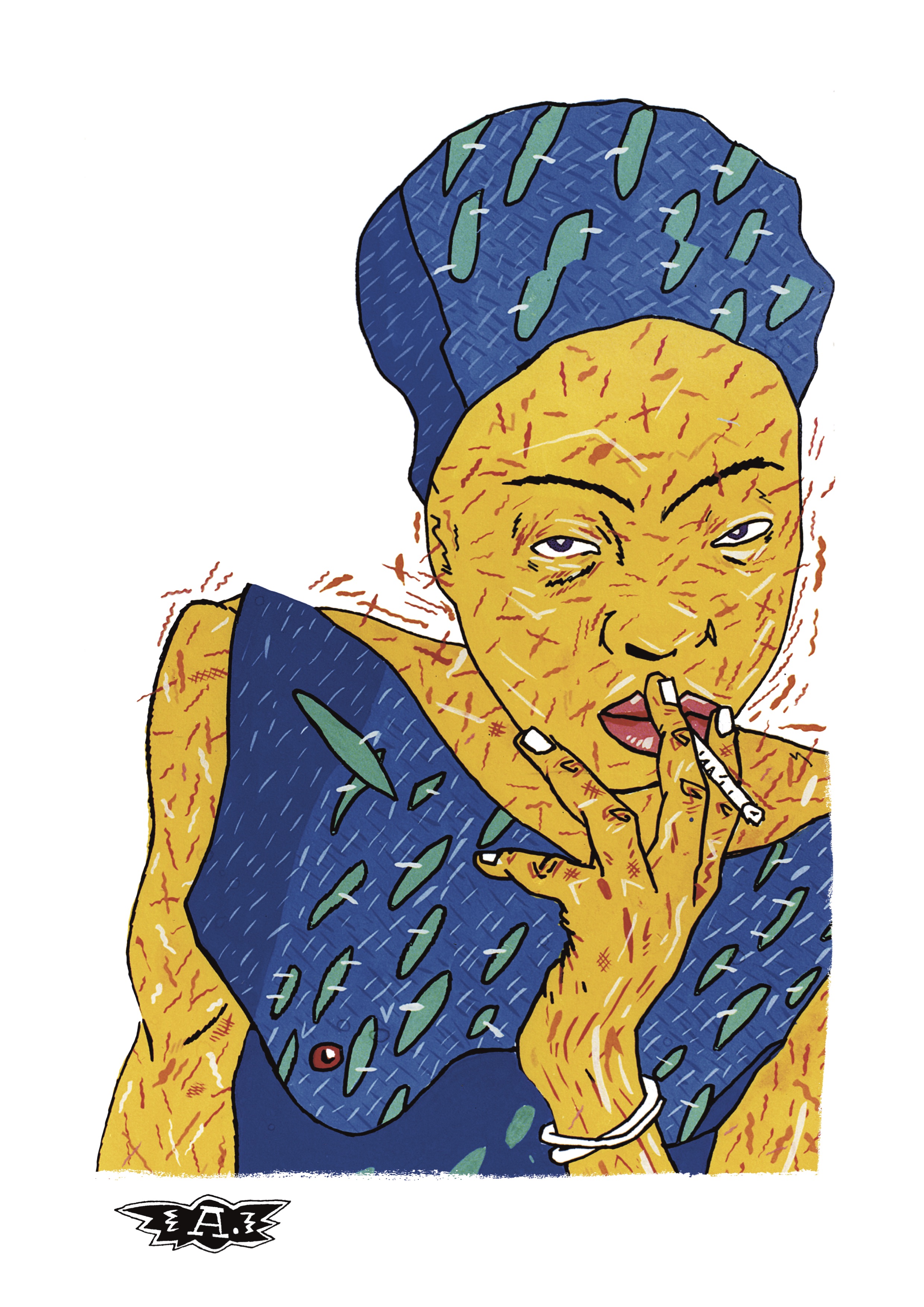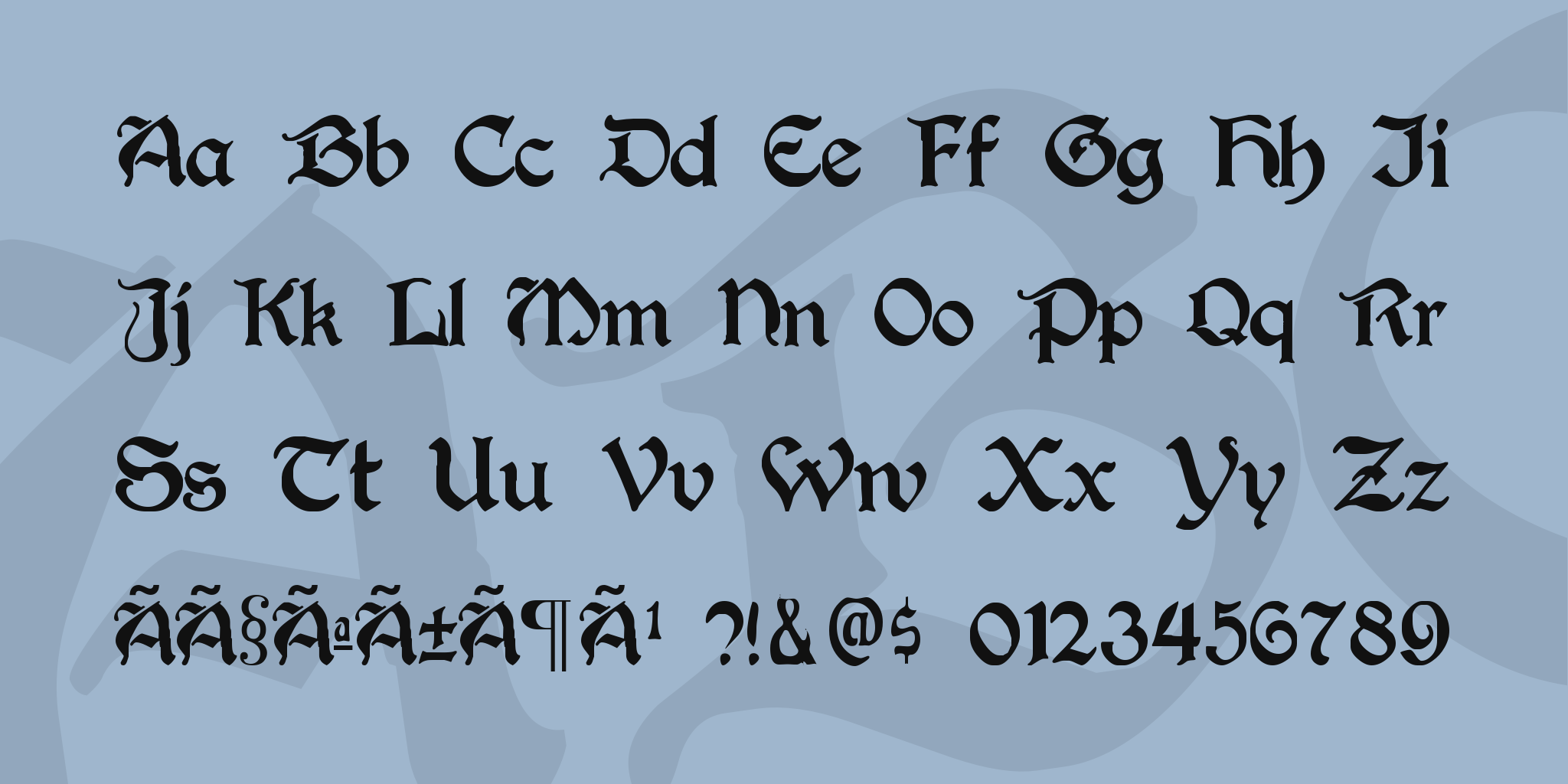Have you ever been typing away, maybe sending a message or putting together a document, and suddenly you see a bunch of strange symbols show up? You know, those moments when what you wrote just looks like a jumble of letters and odd marks, rather than the clear words you intended. It can be a little frustrating, to be honest, especially when you're trying to get a point across or make sure your words look just right.
Sometimes, what you see might look a bit like "كووديهيرÙâ€" – a string of characters that just doesn't make any immediate sense. This sort of thing can pop up when you're dealing with different languages, or perhaps when your computer or phone isn't quite sure how to show certain letters that have little extra marks on them. It's a common puzzle in the digital world, and it can make you scratch your head, trying to figure out what went wrong.
But don't you worry, because figuring out how to handle these digital quirks is actually pretty straightforward, you know? We're going to talk about how to make sure your words come out exactly as you mean them, whether you're trying to add a special mark to a letter or just want to avoid seeing those jumbled characters. We'll go over some easy ways to type those unique letters and sort out why things sometimes look a little off, helping you make your digital writing smooth and clear.
Table of Contents
- What's the Fuss About Accented Letters?
- Why Do My Words Look Like كووديهيرن? - Decoding Character Quirks
- Getting Around with Keyboard Shortcuts - Your كووديهيرنAlly
- Beyond the Basics - What Else Can We Learn?
What's the Fuss About Accented Letters?
You might wonder why we even need these special little marks on letters. Well, in many languages, these small additions change how a word sounds, or even what it means. Take the letter 'a', for example. It can have a little slanted line above it, or a tiny hat, or even two dots. Each of these changes how you say it, and that's pretty important for clear talk, you know? It’s not just about looking fancy; it’s about making sure your message gets across just right.
Sometimes, when you see a word with one of these marks, like in French or Spanish, it’s not just a decoration. It tells you something important about the sound. For instance, the 'a' with a grave accent (à) in French is pronounced a certain way, which is different from a plain 'a'. Getting these right is a bit like making sure you hit the correct note when singing; it really does make a difference to the overall tune of the language. So, learning how to put these marks on your words helps you speak and write with more accuracy, making your communication clearer for others to pick up on.
People often find themselves wanting to add these special letters to their writing, but they're not quite sure how. It's a common situation, really. You might be writing an email to someone overseas, or perhaps putting together a school paper about a different culture, and you want to spell things correctly. It can feel like a bit of a hurdle, trying to figure out the right key presses or menu options. But, actually, there are some pretty simple ways to get those letters onto your screen, no matter what kind of device you're using. We'll look at how you can do this without too much fuss, making your writing look just as it should.
Making Sense of كووديهيرن- Typing 'A' with Flair
Let's talk about getting those special 'a' letters onto your keyboard, which can sometimes feel like trying to solve a small puzzle, perhaps a bit like trying to understand something like "كووديهيرÙâ€". You can put a grave accent, an acute accent, a circumflex, a tilde, an umlaut, or even a little ring above your 'a'. Each one has its own little trick to make it appear. On a Windows computer, you might use what are called 'Alt codes'. These are special number combinations you type while holding down the Alt key. For example, to get an 'á', you might hold Alt and type a specific number on your number pad. It’s a bit like a secret code, really, that lets you bring out all sorts of characters that aren't immediately visible on your keyboard's surface.
For those who use a Mac, the process is a little different, often involving holding down the letter key itself until a small menu pops up with all the different versions of that letter. It's quite handy, actually, and makes picking the right accent pretty simple. And if you're on a phone or tablet, it’s usually even easier; you just press and hold the letter, and a small selection of accented versions appears above your finger. This makes it pretty easy to get the exact character you need, whether you're sending a quick text or writing a longer note. It’s all about knowing the little moves that help you get your words to appear just as you want them.
Sometimes, if you're working in a program like Microsoft Word, there are even more options. Word has its own set of shortcuts and menus that let you add all sorts of special characters and symbols. You can often find a whole list of them, and just pick the one you need. This is particularly useful if you're working on a formal document and need to make sure every single character is just right. So, whether you're on a computer, a tablet, or a phone, there's a way to get those accented 'a's, making your writing look much more polished and precise. It's really about giving you the tools to express yourself fully, without any missing marks or odd symbols.
Why Do My Words Look Like كووديهيرن? - Decoding Character Quirks
Have you ever opened a web page or a document and seen a bunch of weird symbols, like "ã«, ã, ã¬, ã¹, ã" instead of normal words? It can be pretty confusing, sort of like trying to read something that looks like "كووديهيرÙâ€". This often happens because of something called "character encoding." Think of it this way: computers store letters and symbols as numbers. When your computer tries to show you those numbers as letters, it needs to know which "codebook" to use. If it uses the wrong codebook, those numbers turn into the wrong letters, and you get that jumbled mess. It's a bit like trying to read a message that was written in a different secret code than the one you're using to decode it, you know?
This problem, sometimes called "mojibake" or "garbled text," is a common headache for anyone dealing with text from different places around the world. My own experience shows that when a page displays odd characters, like those 'ã' symbols, it often comes down to how the text was saved and how it's being shown. For instance, if a website is set up to use something called 'UTF-8' for its header page, but the database it's pulling information from is using a different encoding, say 'MySQL encode', then things can get mixed up. It's a bit like trying to connect two pieces of a puzzle that aren't quite designed to fit together, which can lead to a bit of a mess on the screen.
The good news is that there are ways to fix this. For websites, making sure that both the page itself and the information it pulls are using the same encoding, like UTF-8, usually sorts things out. UTF-8 is a very popular "codebook" because it can handle almost every character from every language in the world, which is pretty neat. So, when everything is speaking the same digital language, those weird symbols disappear, and your words show up clearly, just as they should. It’s all about making sure that the digital pieces are lining up correctly, which makes a big difference for anyone trying to read your content.
How Encoding Helps with كووديهيرÙâ€
When we talk about encoding, we're really talking about the system that turns the letters you see into the numbers computers understand, and then back again. This is important for avoiding garbled text, the kind that might look like "كووديهيرÙâ€". Imagine you're sending a letter, and to make sure it gets to the right place, you need to write the address in a specific way that the postal service understands. Encoding is kind of like that address system for digital text. If everyone uses the same system, the message arrives perfectly clear. If someone uses a different system, the message might look like gibberish.
UTF-8 is a really helpful encoding system because it's very broad. It can represent a huge range of characters, from the Latin alphabet we use in English to characters from Chinese, Arabic, and many other languages. This means that if you're using UTF-8, you're much less likely to run into those frustrating situations where your text turns into strange symbols. It's a bit like having a universal translator for your computer, allowing it to speak and understand many different character languages without a problem. So, when you're setting up a website or saving a document, choosing UTF-8 is usually a really good idea to keep things clear.
The issues with garbled text, like the "online garbled recovery" you sometimes hear about, often stem from a mismatch in these encoding systems. For example, if a database is storing information in one way, and the webpage trying to show that information is expecting it in another, that's when the confusion happens. It’s like two people trying to read the same book, but one person has a version with pages in a different order. The story just won't make sense. By making sure your entire system, from where you store text to where you display it, is using a consistent encoding, you pretty much get rid of those messy character problems, making sure your digital words always appear correctly.
Getting Around with Keyboard Shortcuts - Your كووديهيرنAlly
Typing special characters doesn't have to be a big hassle, even when you're trying to avoid the kind of character mess that might resemble "كووديهيرÙâ€". Keyboard shortcuts are your secret weapon here. Instead of having to hunt through menus, you can often just press a few keys together to make those accented letters or unique symbols pop up. This is incredibly handy for anyone who writes a lot, especially if their writing includes words from other languages. It really speeds things up, and it makes your workflow much smoother, you know?
For example, in Microsoft Word, there are specific key combinations that let you add accent marks, special characters, and other symbols without ever lifting your hands from the keyboard. These shortcuts are a bit like learning a few dance steps; once you know them, you can perform the moves quickly and easily. They save you time and help you keep your focus on what you're writing, rather than getting sidetracked by trying to find a specific character. It’s pretty satisfying, actually, when you can just type a quick combination and the exact symbol you need appears right there.
Beyond just typing, these shortcuts can also help with things like copying and pasting. Sometimes, it’s easier to just click on an accented letter you see somewhere and paste it into your document. This is a simple trick, but it's very effective, especially if you only need a special character once in a while and don't want to memorize a whole bunch of codes. It's all about making your digital life a little bit easier and making sure that your words look just as they should, no matter what kind of text you're working on. These little tricks can really make a big difference in how smoothly your writing goes.
Are French Accents Different for كووديهيرن?
When it comes to French, those accents are a big deal, and they can sometimes seem like another layer of complexity, sort of like trying to figure out what "كووديهيرÙâ€" might mean. French has what they call "diacritics," which are those mysterious squiggly characters and marks that appear above or below certain letters. Think of words like "garçon" or "noël." These marks aren't just for decoration; they change the sound of the letter or even the meaning of the word. It's a bit like a secret code within the language itself, where a small mark gives you a big clue about how to say
Related Resources:



Detail Author:
- Name : Gideon Schuppe
- Username : dorn
- Email : thiel.darron@gmail.com
- Birthdate : 1996-10-06
- Address : 97327 Alvah Cliff Suite 611 North Glenside, TX 14854-8548
- Phone : 1-806-368-3432
- Company : Murray-Jacobi
- Job : Agricultural Manager
- Bio : Aut autem et inventore est cumque corporis aliquid. Suscipit ex in vel iusto odit ullam. Autem omnis vitae sed nulla. Aut optio et placeat temporibus et et nisi.
Socials
instagram:
- url : https://instagram.com/kayleehowe
- username : kayleehowe
- bio : Enim sed maxime sunt eaque fugiat. Exercitationem eum neque saepe. Sit ea maxime est odio ut.
- followers : 1606
- following : 1702
linkedin:
- url : https://linkedin.com/in/kayleehowe
- username : kayleehowe
- bio : Pariatur ducimus ea tempora maiores.
- followers : 6655
- following : 1617
twitter:
- url : https://twitter.com/howek
- username : howek
- bio : Veritatis voluptatum nostrum exercitationem. Deleniti eum nesciunt cumque sit omnis id. Assumenda enim sapiente numquam laudantium cum totam similique.
- followers : 4274
- following : 878
facebook:
- url : https://facebook.com/howe2021
- username : howe2021
- bio : Hic incidunt tempore vel dicta et ut rerum non.
- followers : 3517
- following : 1683
tiktok:
- url : https://tiktok.com/@kaylee7165
- username : kaylee7165
- bio : Sint a alias quia maiores culpa itaque rerum optio.
- followers : 462
- following : 178